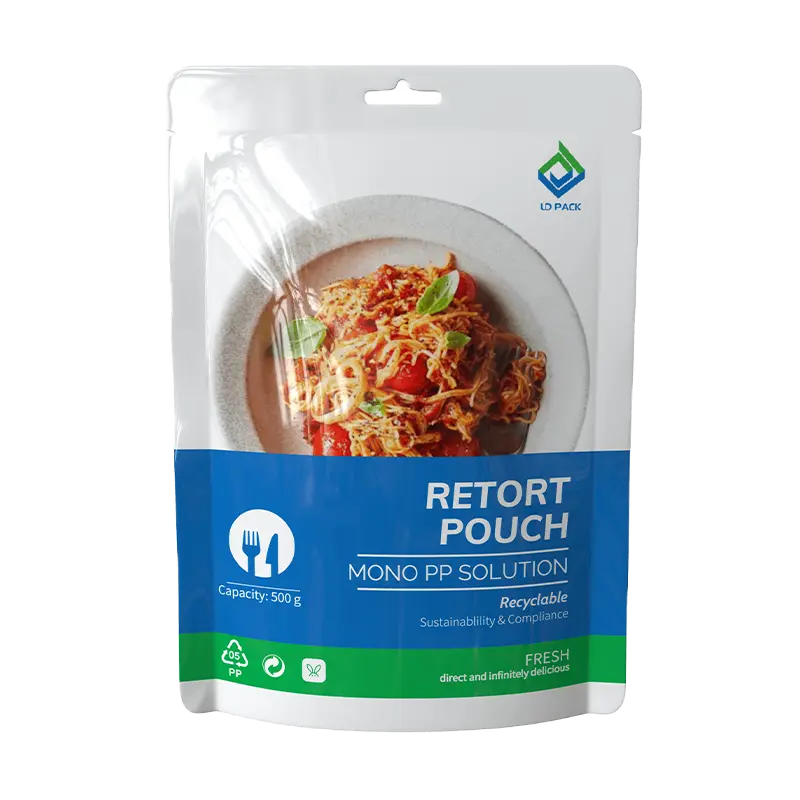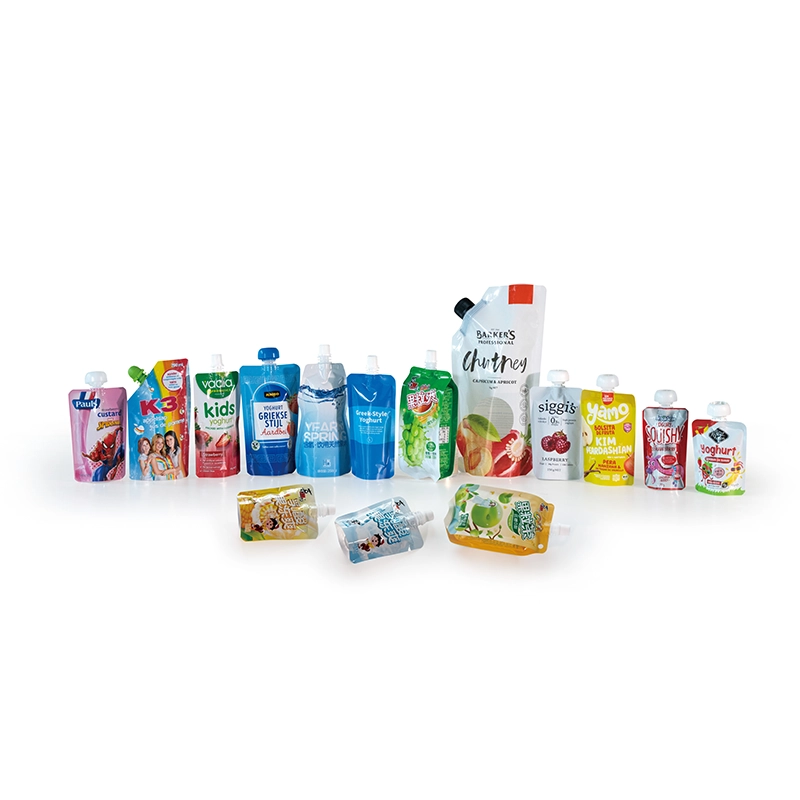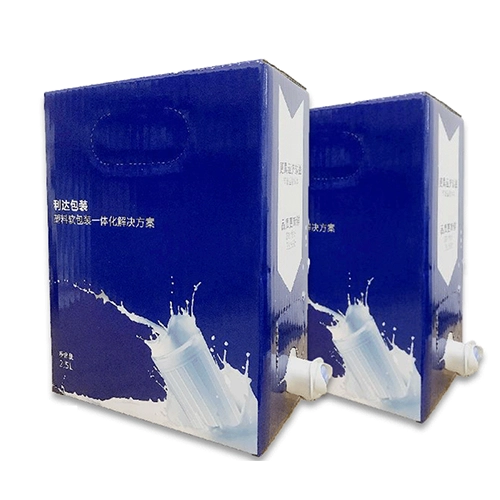Intaglio Printing (1)
In terms of intaglio printing technology, flexible packaging design should pay attention to the following points:
(1) The trapping accuracy of intaglio printing can only achieve 0.2mm, which means text and graphics (esp for text ) with strokes less than 0.4mm can only be printed using single - color ink instead of being printed by multi - color overlay, otherwise it’s easy to cause ghosting phenomenon.
(2) When stencil printing for small words/characters and patterns, it should use single-color one. It’s not suitable to use multi - color overlay stencil printing, let alone printing directly with the background color of the photograph. As a matter of fact, stencil printing is not appropriate to apply on small size text and patterns.
If the large solid area on the plate cylinder have small reverse type, the electronic engraved reverse type would not be smooth if you want to ensure the good solid density; that is to say, if you want the reverse type to be clear, the the solid density would not be enough.
(3) The size of words/characters and the thickness of the strokes should also be paid attention to. A word/characters too small and a stroke too thin might not be able to printed out, or causing printing mistakes such as incomplete or missing text. A text with too small size front, it’s easy to cause a blur if the strokes are many and dense while the lines are thick or the printing plate is too deep. Normally a font should make no less than 4 points (1 point = 0.35278mm), and no compound color for small font; the thickness of lines should be make no less than 0.2mm, and no compound color for thin lines; no yellow text and lines on a white background, likewise, yellow background should include no white font and lines. If it’s using laser engraving, then 2 points of clear small characters can be made, which can be used as some special anti-counterfeiting marks.
(4) When it’s shallow screen printing, since the plate cylinder has less and small mesh pits, the mesh dots could easily be blocked by the ink, and the ink cannot be transferred onto the printed material, so that the printed products would appear reverse type. For reverse printing, shallow net should with no less than 13% mesh dots, and if the pattern color area has less than 13% mesh dots, the mesh dots should be removed or increased; single color should no less than 15% mesh dots and two-color overprint should no less than 12%; for surface printing, mesh dots for paper and foil should not be made less than 30%. Too shallow the mesh dot is not good for printing ink transfer, even though it works at first, plate cylinders would wear and tear in the process of printing, thus affect the printing color accuracy and shorten the lifespan of printing plates. For printing large area of light color we would suggest to use solid color. It’s difficult for screen printing to transfer if the ink colors are gold, silver, and white, so the mesh dots should increased 30%.
(5) In theory, all the colors can be produced by the means of three primary colors overlay. But as a matter of fact, some colors which are very sharp and with high purity, and some special colors such as fluorescent color, transparent color, gold color and silver color must use spot colors, at this time, a plate cylinder of spot color should be made for printing.
(To be continued.)




